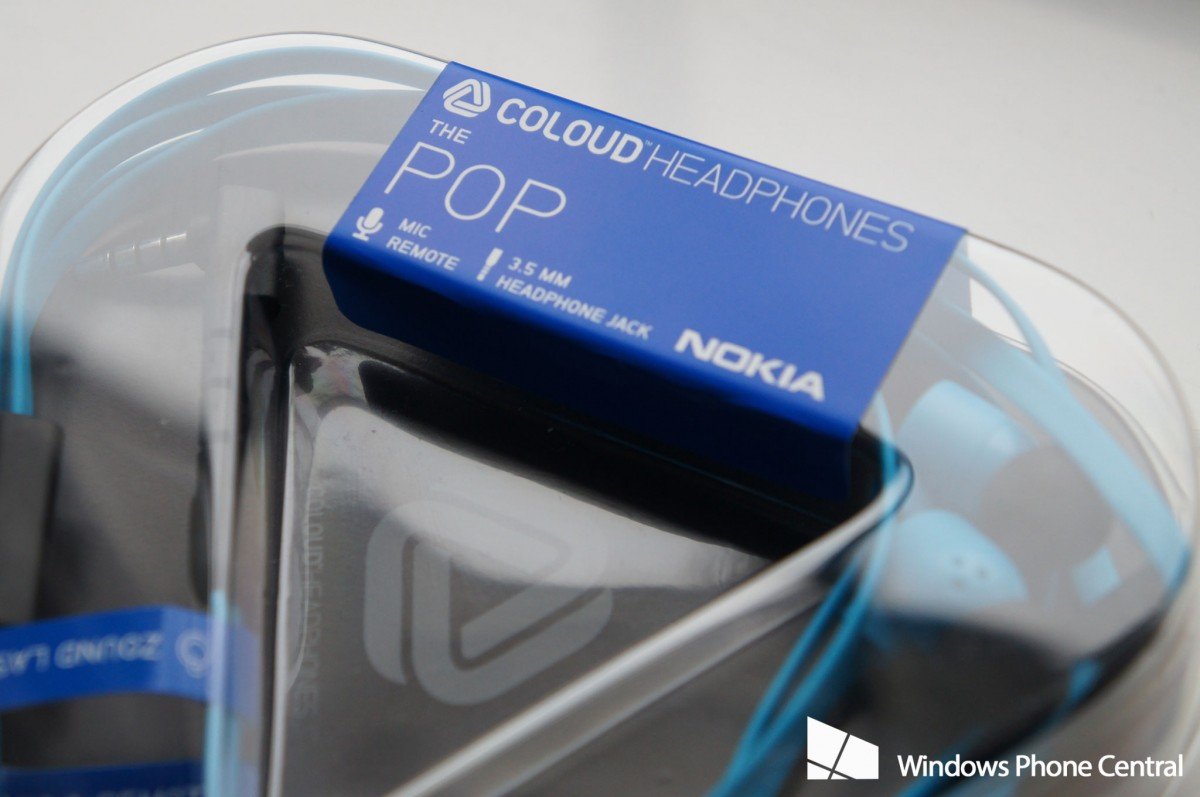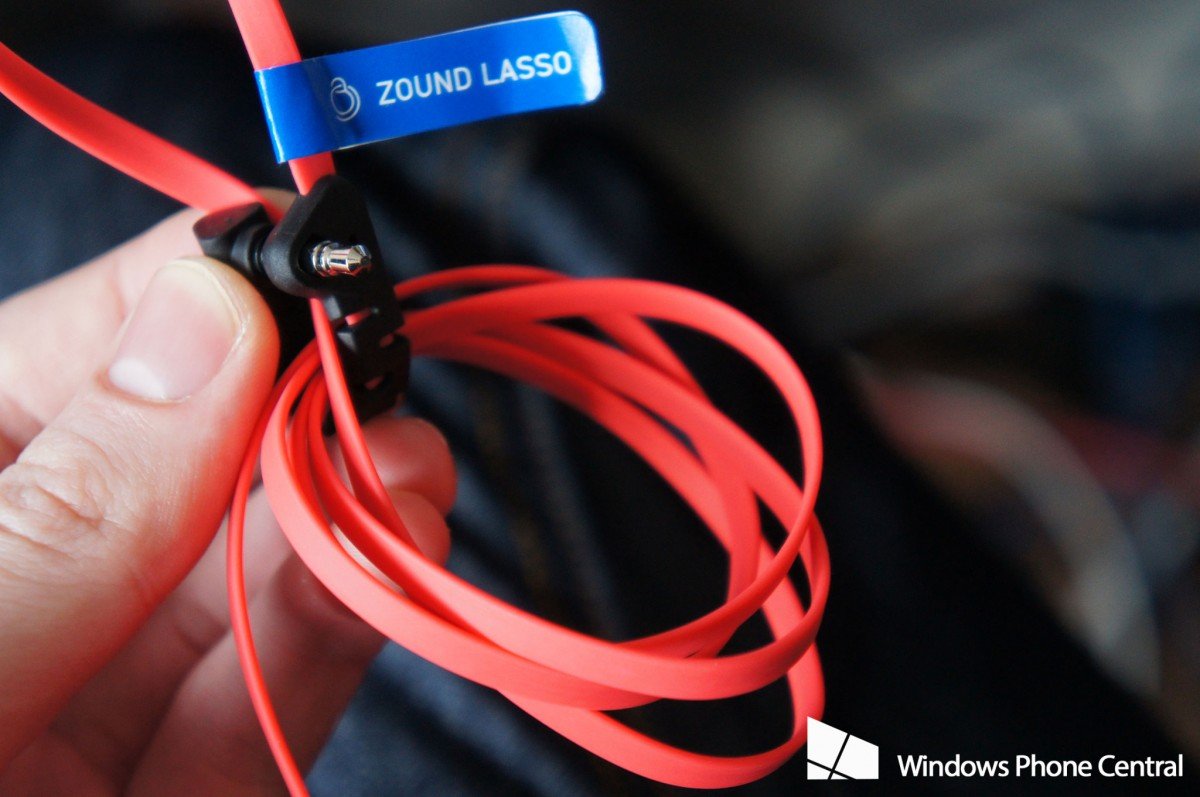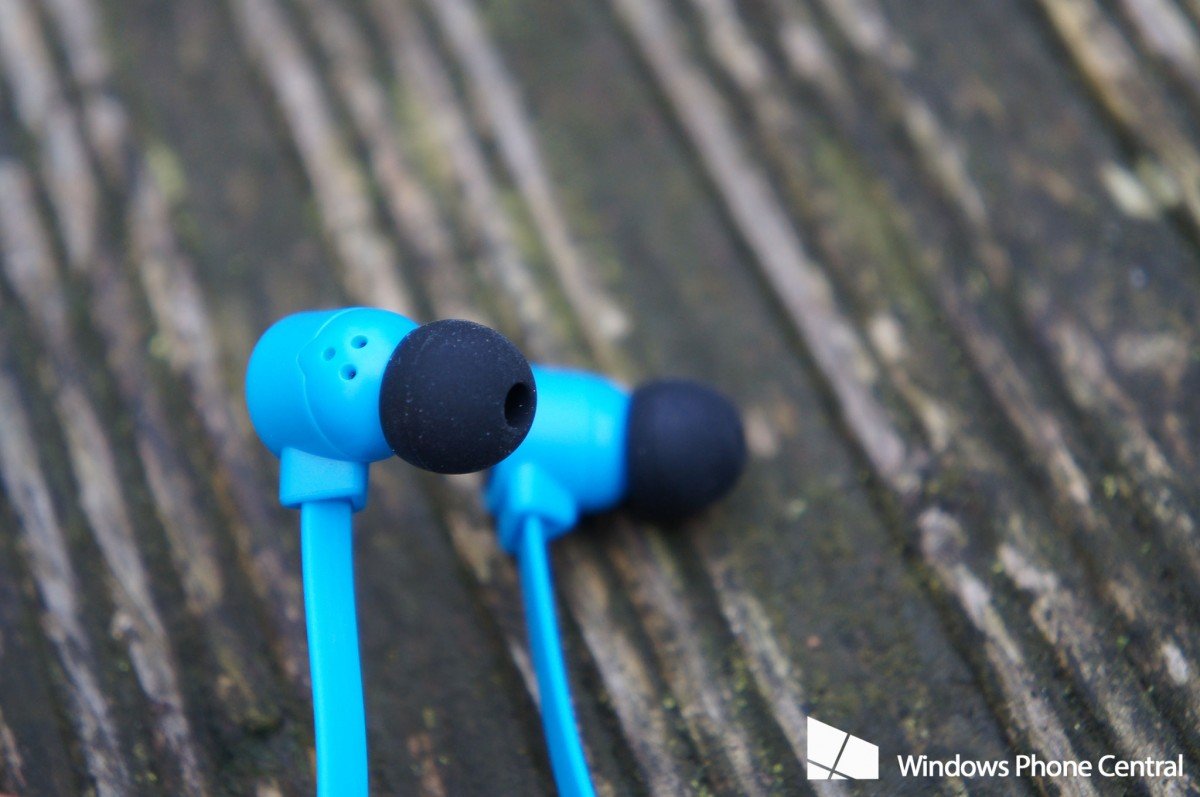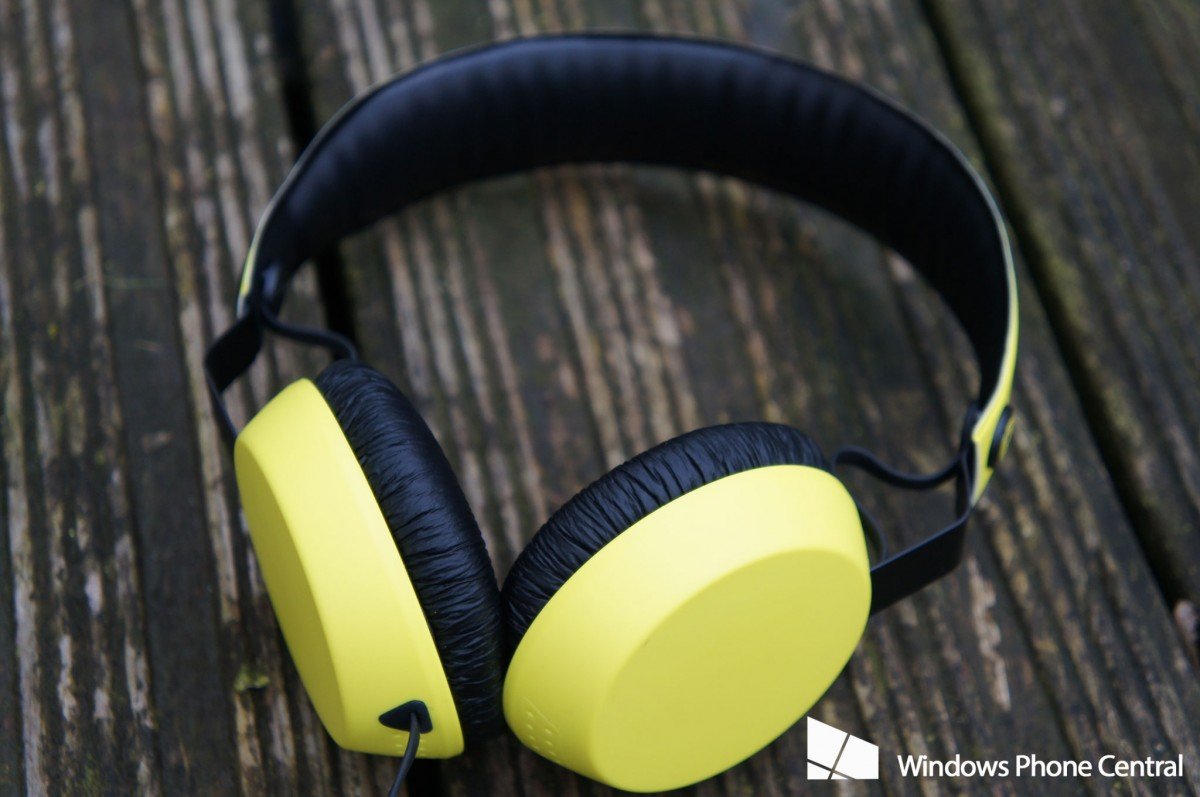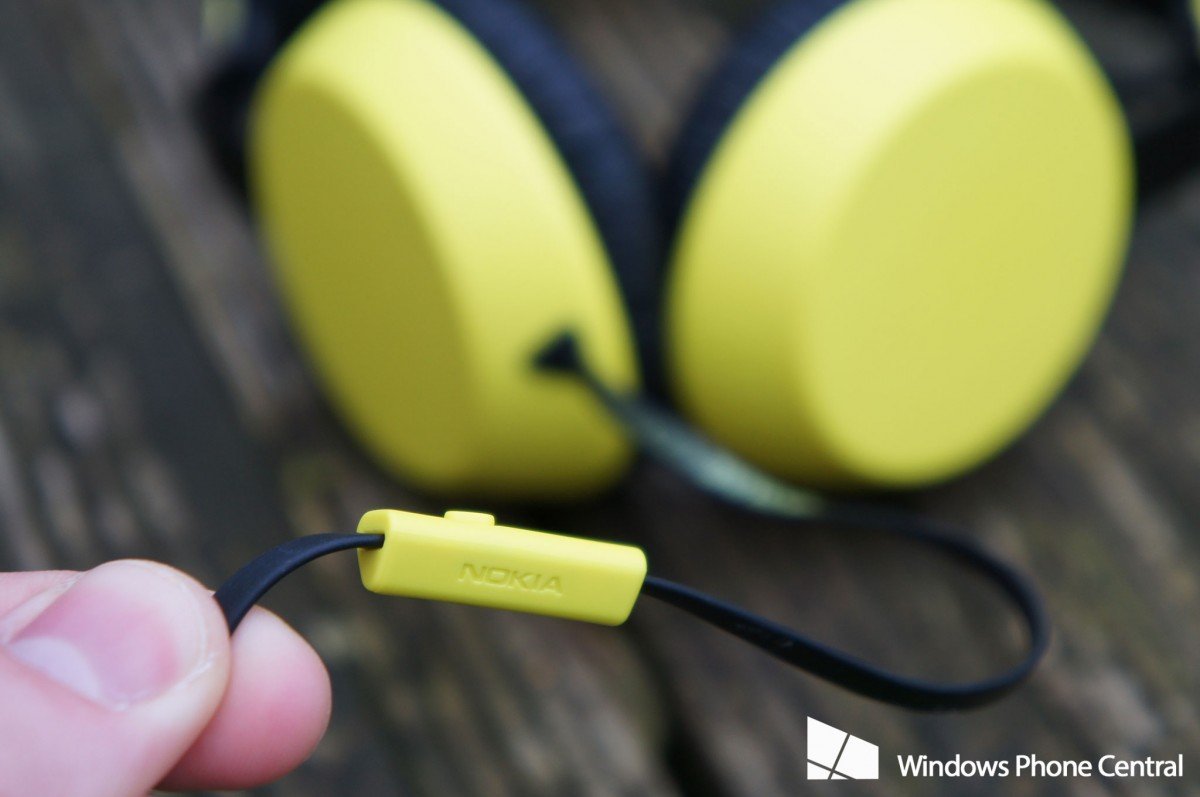Review – Nokia Coloud Headphones
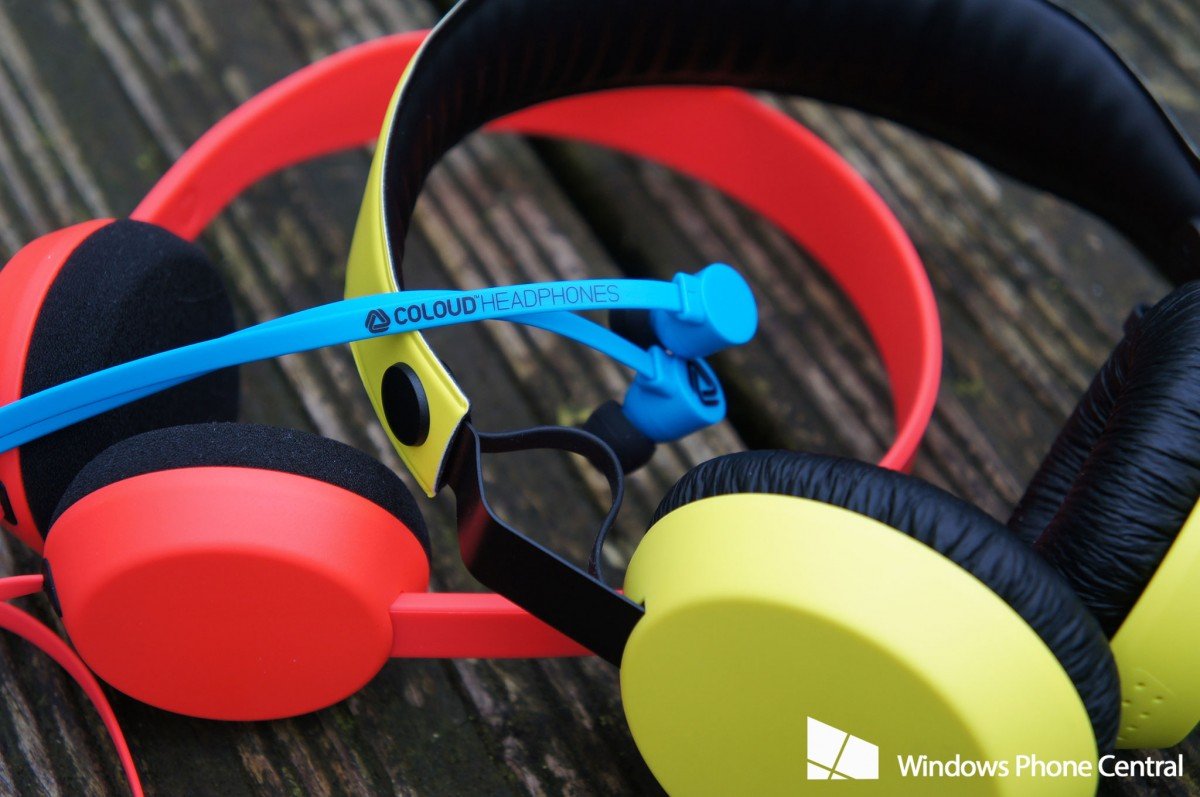
Nokia not only produces high quality smartphones and general accessories, but the company has also covered music. Nokia’s own MixRadio service is a great way for consumers to discover new artists and genres they may not have been previously aware of, but the company has done even more. Last year, Nokia paired up with Zound to release the Coloud family of headphones.
Ranging from in-ear buds to over-the-ear, noise cancelling cans, this affordable family of accessories brings the Lumia philosophy to headphones – perfect for any Lumia Windows Phone owner. First off: if you’re after the high-end, expensive headphones these won’t be for you. That’s not to suggest the quality isn’t good, quite the opposite. They’re just not overpriced gear.
Since we’re covering not just one headphone, but three in this review, we’ll be touching on multiple price points. While each accessory is available for a competitive price, you’ll not be investing more than €30 on either option. That all said, let’s dive in and see what’s available in Nokia’s Coloud family of headphones.
There are similarities between Pop, Knock and Boom. Each product shares identical design and basic features. These include a cool Zound Lasso, enabling owners to tie up cables and avoid wasting precious time untangling headphones prior to use. It’s an interesting concept, using the headphone jack connector itself as a clip to secure the tied cable. We all know how pesky said cables can be when packed away.
The headphones are available in Lumia colours with a matte finish and a microphone/remote is present on each cable. This remote allows users to control music playback and answer/hang-up on calls received through a Windows Phone. Using the headphones with Windows Phones for a good few months, it’s safe to state these are perfect companions for any Microsoft mobile device.
Also, since these are more affordable head wear, there’s no Bluetooth or NFC support included.
POP
There are two headphones in the family, but should you be a fan of in-ear buds the Pop (WH-510) will be up your street. These in-ear buds come in red, yellow and blue. I must admit that I’m not personally a fan of in-ear buds, preferring the earphones that rest on the outer section of the ear itself, or full-size cans.
All the latest news, reviews, and guides for Windows and Xbox diehards.
That said, the Pop ear buds are comfortable through use and provide decent sound waves while keeping ambient noise to a minimum. Perfect for public use when you’d rather not crank up the volume, giving you tinnitus and folk around you annoying, tinny sounds.
As the cheapest option in the Coloud package, these are perfect for people who aren’t after the best sound quality, but would rather not fork out a fortune for half-decent earphones – we’re looking at you, Apple. An interesting design element of the POP is how the wires divide to each bud, everything feeling sturdy and safe to tug and pull.
Some technical fluff for enthusiasts:
- Speaker drivers: 9 mm
- Speaker impedance: 32 ohm
- Frequency response: 20 - 20 000 Hz
The Pop earphones go for €17.
KNOCK
This headphone is the next step up from the Pop, but now we’re moving into the full headphone experience. The usual features are available, including adjustable cans with cables come out from both sides, leaving a plastic frame for the top head rest. While we’re talking plastic, the headphones both look great and are super comfortable to wear, especially for long periods of time.
Again, just like Pop, the Knock headphones are available in red, yellow and blue. What’s different to the Pop is sound quality, which is a given considering these aren’t simply ear buds. Noise cancellation isn’t great, considering the Knock cans only just cover the ears, but you won’t need to crack up the volume to drown out ambience. Speaking of which, the volume levels on these affordable headphones is impressive.
A slight issue with the Knock headphones is when using the pair for some time, the cable splitter may get flipped a handful of times leaving the cable twisted up to the cans themselves. It takes a moment or two to determine which way to correct the twisting. Other than that, they work as expected and produce some good bass and sounds.
Some technical fluff for enthusiasts:
- Speaker drivers: 40 mm high performance
- Speaker impedance: 32 ohm
- Frequency response: 20 - 20 000 Hz
The Knock headphones go for €22.
BOOM
The most expensive option in the Coloud family of headphones is the Boom option. Sporting the same sound output to the Knock headphones, the extra €5 gets you yet more comfort, without compromising on sound quality. The Boom headphones also features a better cable set up with only a single line going up to the headphones, with the head support carrying the layover.
While the Knock headphones has a plastic build for the head rest, which is surprisingly comfortable enough, Zound has added padding on Boom. They also look more premium and have larger cans for better noise cancellation. We’ve utilised Boom as our daily driver and have been impressed by what money can buy. The €27 as an absolute bargain for what’s available in the package.
Some technical fluff for enthusiasts:
- Speaker drivers: 40 mm high performance
- Speaker impedance: 32 ohm
- Frequency response: 20 - 20 000 Hz
The Boom headphones go for €27.
To conclude, the Nokia and Zound family of headphones offer consumers a more affordable choice between three superb accessories. As noted at the start of this review, these aren’t high-end headphones and they don’t attempt to replace those $500, gold-plated earphones you have for the gold iPhone 5.
If you’re seeking affordable replacements for older gear or the low-quality buds supplied with mobile handsets, the Coloud family is definitely worth checking out. Through months of use, we haven’t experienced issues with either of the products and the cables are durable enough for daily wear and tear.

Rich Edmonds was formerly a Senior Editor of PC hardware at Windows Central, covering everything related to PC components and NAS. He's been involved in technology for more than a decade and knows a thing or two about the magic inside a PC chassis. You can follow him on Twitter at @RichEdmonds.
